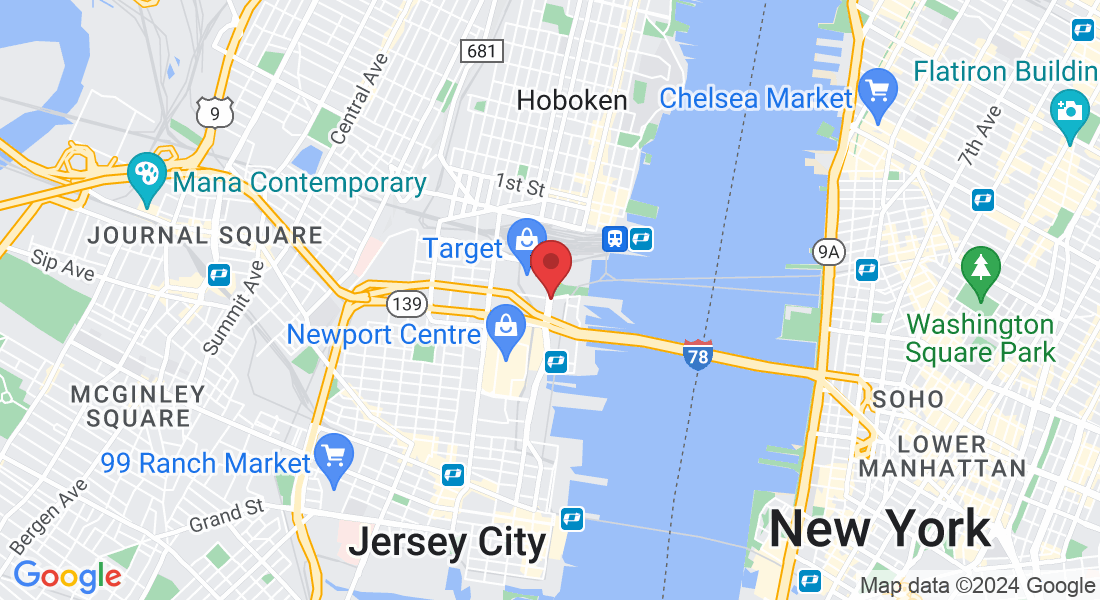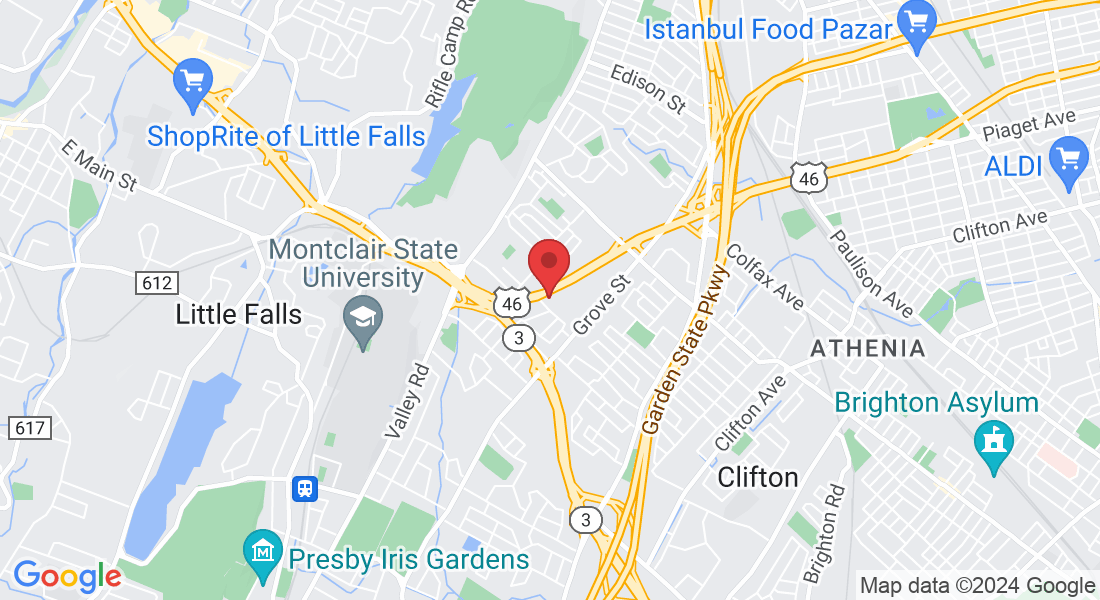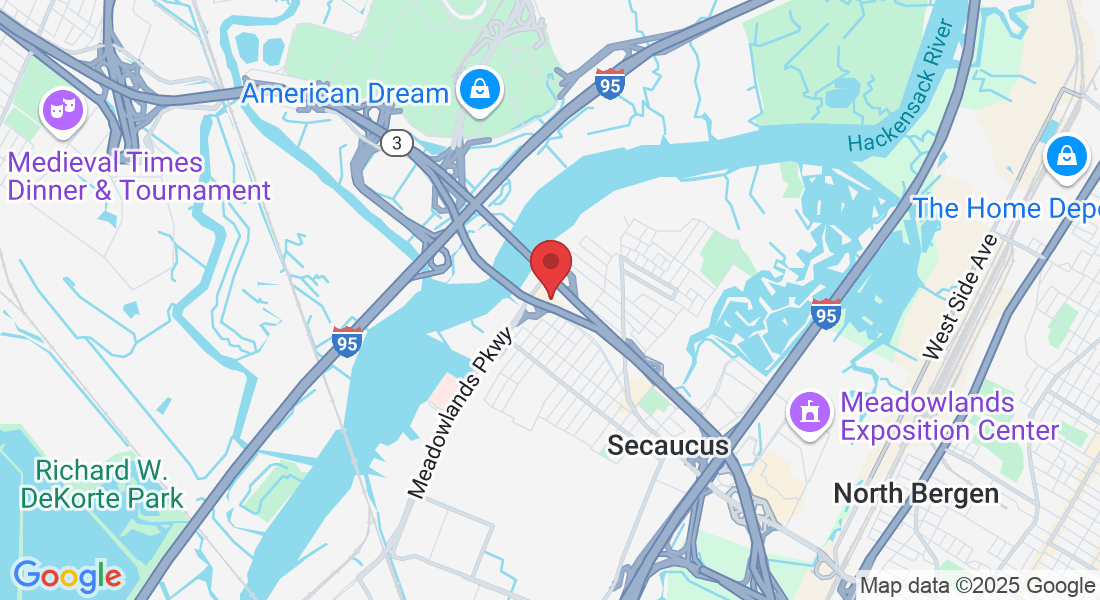New Jersey Rehab Experts
Specializing in comprehensive orthopedic care, New Jersey Rehab Experts offers a wide range of services including Physical Therapy, Sports Physical Therapy, Dry Needling, Chiropractic Care, Neuropathy Treatment, Pain Management, and Manual Therapy. Our state-of-the-art facility is staffed by board-certified therapists dedicated to delivering top-tier care, ensuring you achieve optimal recovery and wellness.
Clinic Located in Jersey City (Newport), Secaucus and Clifton
Genuine Feedback from
Our Patients
Our Affiliations

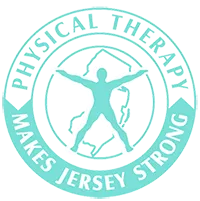

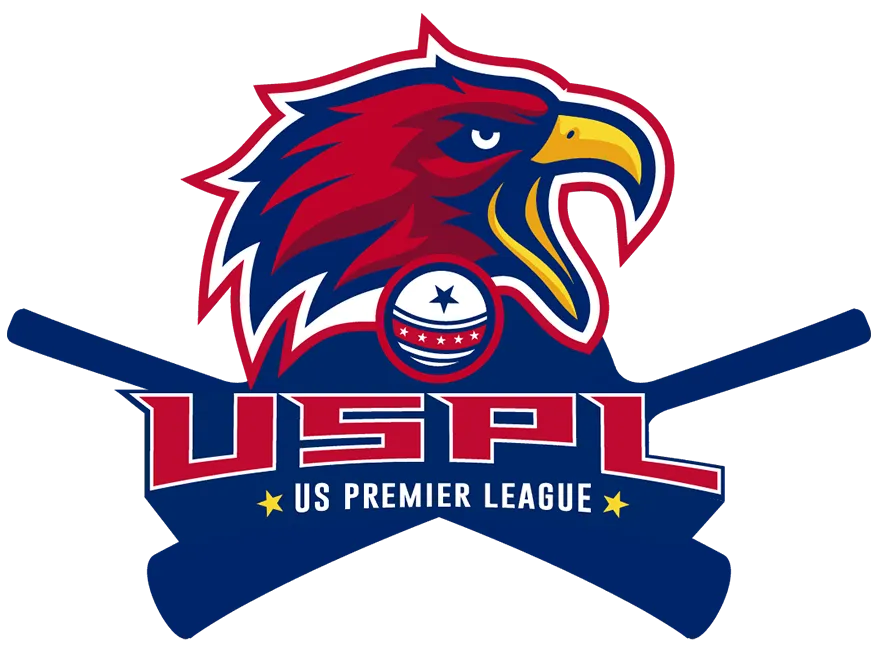


Explore Our Diverse Range of Disciplines
Discover a world of exceptional care customized for all ages! Our dedicated professionals deliver top-notch medical attention, expert rehabilitative therapy, and warm companion care for adults, seniors, and young patients. Experience personalized healthcare with a heart!

Orthopedic Physical Therapy
Specialized care for musculoskeletal injuries, surgeries, and chronic conditions affecting bones, joints, muscles, ligaments, and tendons.
- Sports injuries
- Arthritis management
- Post-surgical rehab

Geriatric Physical Therapy
Specialized care for older adults, addressing age-related changes affecting balance, strength, mobility, and independence.
- Fall prevention
- Balance training
- Mobility enhancement

Sports Physical Therapy
Specialized rehab for athletes of all levels, from weekend warriors to professionals, focusing on injury recovery and performance enhancement.
- ACL rehab
- Return-to-play testing
- Performance optimization

Vestibular Rehabilitation
Specialized therapy for dizziness, vertigo, and balance disorders stemming from inner ear and balance system dysfunction.
- BPPV treatment
- Balance retraining
- Dizziness management

Men's Health Physical Therapy
Specialized care for pelvic floor dysfunction and related issues, providing discreet, effective treatment for men's specific health needs.
- Pelvic pain relief
- Post-prostatectomy rehab
- Urinary dysfunction

Motor Vehicle & Work Injury Rehab
Specialized care for car accidents and workplace injuries, with expert documentation and coordination with insurance providers.
- Whiplash treatment
- Workers' comp cases
- Personal injury claims

Manual Therapy
Hands-on approach using specialized techniques to relieve pain, improve mobility, and accelerate healing naturally.
- Mulligan Mobilizations
- McKenzie Method
- Myofascial Release

Dry Needling
Modern technique using thin, sterile needles to target trigger points, releasing muscle tension and restoring normal function.
- Back & neck pain
- Headaches & migraines
- Sports injuries
Ready to start your recovery journey?
Our expert therapists are ready to help you live pain-free and regain your mobility.
Our Advantages
Specialized Programs for Every Need
From orthopedic rehab and sports therapy to vestibular, pelvic health, and post-injury recovery, we provide comprehensive, patient-focused solutions.
State-of-the-Art Techniques & Technology
We use cutting-edge treatments like dry needling, spinal manipulation, Mulligan & McKenzie techniques, Fit3D scans, Shockwave Therapy , Cupping and more to accelerate healing.
Personalized One-on-One Care
Every patient receives individualized treatment plans with hands-on attention to ensure faster recovery and long-term results.
Trusted by Athletes & Community Leaders
Official providers for multiple cricket teams and a member of respected healthcare associations—our reputation speaks for itself.
Multiple Convenient Locations Across NJ
With clinics in Jersey City, Secaucus, Clifton , and beyond, we’re always within reach—offering flexible scheduling and bilingual support.
Seamless Support for Injury Claims & Recovery
We coordinate care with attorneys, physicians, and insurers for patients recovering from motor vehicle or work-related injuries, ensuring smooth documentation and stress-free rehab.
Meet Our Team

Sunny Thakkar PT, MS ( Exercise Physiologist)
Physical Therapist
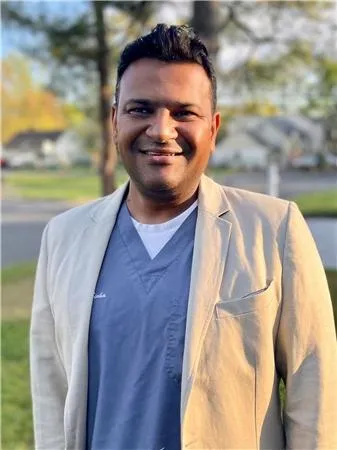
Ashish Sinha, PT, DPT
Physical Therapist

Dr. Rohit Farzala PT, DPT
Physical Therapist
About Us
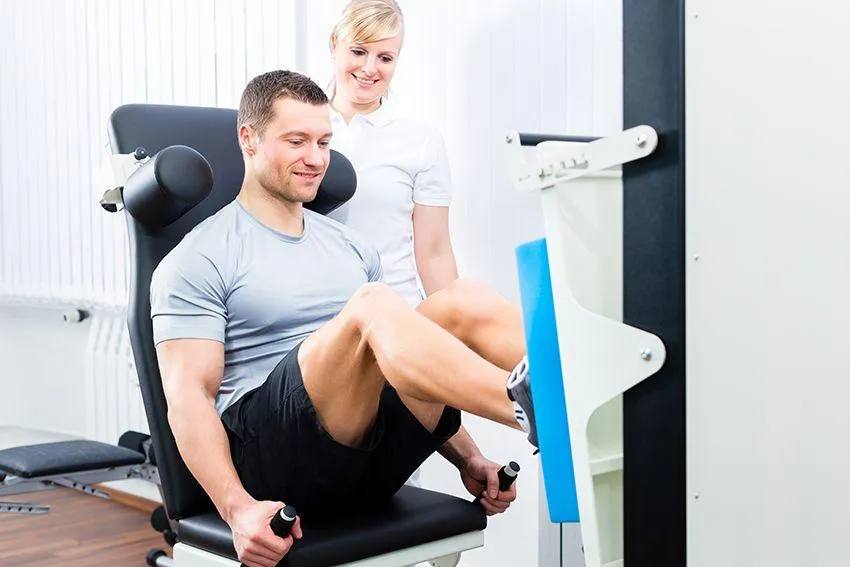

Experience rapid rejuvenation as our specialist team harnesses the power of advanced healing tech to erase pain with ease. We dive deep into your world, assessing every piece of the puzzle—stress at work, life pressures, physical health, nutrition, genes, posture, and even emotional ties—crafting a tailor-made wellness blueprint that's as unique as you are. With our dedicated holistic touch, we don't just treat symptoms; we empower you to embrace a pain-free, harmonious life.
Ask a Question

Revitalize Your Strength: The Ultimate Guide to Musculoskeletal Rehab for Muscle Recovery
Revitalize Your Strength: The Ultimate Guide to Musculoskeletal Rehab for Muscle Recovery
Feeling worn out, sore, or battling those pesky muscle injuries? It’s time to take charge of your recovery and transform your strength with our comprehensive guide to musculoskeletal rehab. Whether you’re an athlete pushing your limits or someone simply seeking relief from daily exertion, understanding the dynamics of muscle recovery is vital. In this ultimate guide, we’ll explore targeted exercises, effective stretching techniques, and essential recovery strategies designed to revitalize your body and enhance your performance. From injury prevention tips to insights on proper nutrition, this guide will empower you to reclaim your strength and get back to doing what you love. Join us on this journey to unlock your body’s potential while promoting lasting health and resilience. Let's dive in and discover how the right rehabilitation methods can lead to a stronger, more vibrant you!
Understanding Musculoskeletal Rehab
Musculoskeletal rehabilitation, often abbreviated as musculoskeletal rehab, is a specialized field dedicated to restoring function and relieving pain in individuals with muscle, bone, and joint issues. This type of rehabilitation encompasses a variety of therapies and exercises aimed at promoting healing, enhancing mobility, and preventing future injuries. The process is inherently holistic, taking into account not just the physical aspects of recovery but also the psychological and nutritional elements that contribute to overall well-being.
The primary goal of musculoskeletal rehab is to help individuals regain full functional capacity and improve their quality of life. This involves a thorough assessment of the patient's condition, followed by a customized treatment plan that may include physical therapy, manual therapy, and strengthening exercises. By addressing the root cause of the problem and implementing appropriate interventions, musculoskeletal rehab can significantly reduce pain and improve mobility.
Understanding the science behind musculoskeletal rehab is crucial for anyone looking to optimize their recovery process. This field integrates knowledge from various disciplines, including anatomy, physiology, biomechanics, and neurology, to develop effective treatment strategies. By recognizing the interconnectedness of these systems, therapists can create comprehensive rehab plans that address the specific needs of each individual, ensuring a more efficient and successful recovery.
The Importance of Muscle Recovery
Muscle recovery is a critical component of any fitness or rehabilitation program. It allows the body to repair and strengthen itself between workout sessions or after an injury. Without adequate recovery, muscles can become overstrained, leading to fatigue, decreased performance, and a higher risk of injury. Incorporating proper recovery techniques ensures that muscles have the time and resources they need to heal and grow stronger.
During the recovery phase, the body undergoes several physiological processes. These include repairing damaged muscle fibers, removing metabolic waste products, and replenishing energy stores. Adequate recovery helps to mitigate the effects of delayed onset muscle soreness (DOMS), which can be particularly debilitating following intense physical activity. By facilitating these processes, recovery strategies play a vital role in enhancing overall physical performance and endurance.
Moreover, muscle recovery isn't just about rest. It encompasses an array of practices, including active recovery exercises, stretching, hydration, and nutrition. Each of these elements contributes to the body's ability to heal and adapt, making it stronger and more resilient over time. Understanding the importance of muscle recovery and implementing effective strategies can significantly impact one's ability to maintain a consistent and progressive training regimen.
Common Musculoskeletal Injuries and Conditions
Musculoskeletal injuries and conditions are prevalent across all age groups and activity levels. They can result from acute trauma, such as sprains and fractures, or develop over time due to repetitive stress and poor biomechanics. Some of the most common musculoskeletal issues include tendonitis, bursitis, muscle strains, ligament sprains, and joint dislocations. Each of these conditions requires a tailored approach to rehabilitation to ensure proper healing and prevent recurrence.
Tendonitis, for instance, is characterized by inflammation of the tendons, typically caused by repetitive motion or overuse. It commonly affects areas like the shoulders, elbows, and knees. Effective rehab for tendonitis involves reducing inflammation through rest and anti-inflammatory treatments, followed by gradual strengthening and stretching exercises to restore functionality. Similarly, bursitis involves inflammation of the bursae, which are small fluid-filled sacs that cushion the bones, tendons, and muscles near joints. Rehab for bursitis focuses on reducing inflammation and improving joint mechanics to prevent further irritation.
Muscle strains and ligament sprains are also frequent musculoskeletal injuries. A muscle strain occurs when muscle fibers are overstretched or torn, often due to sudden, forceful movements. Rehabilitation involves a combination of rest, ice, compression, and elevation (RICE), followed by progressive strengthening and flexibility exercises. Ligament sprains, on the other hand, involve the overstretching or tearing of ligaments, which are the connective tissues that stabilize joints. Rehab for sprains includes similar RICE principles, along with proprioceptive and balance training to restore joint stability and prevent future injuries.
Key Principles of Effective Rehabilitation
Successful musculoskeletal rehabilitation is grounded in several key principles that guide the recovery process. One of the fundamental principles is individualization, which emphasizes the need for personalized rehab plans tailored to the specific needs and goals of each patient. No two injuries or conditions are exactly alike, and a one-size-fits-all approach is rarely effective. By considering factors such as the severity of the injury, the patient's overall health, and their lifestyle, therapists can develop customized programs that optimize recovery outcomes.
Another critical principle is the gradual progression of exercises and activities. Musculoskeletal rehab should involve a phased approach, starting with gentle, low-impact movements and gradually increasing in intensity and complexity. This progressive overload helps to rebuild strength and endurance without overwhelming the injured tissues. It also allows the body to adapt to increased demands, reducing the risk of re-injury.
Consistency and adherence to the rehab program are also essential for achieving successful outcomes. Regularly performing prescribed exercises and following the therapist's recommendations can significantly accelerate the healing process. Additionally, incorporating various modalities such as manual therapy, electrotherapy, and hydrotherapy can enhance the effectiveness of the rehab plan. By adhering to these key principles, individuals can maximize their recovery potential and achieve long-lasting improvements in function and strength.
Techniques and Therapies for Muscle Recovery
A wide range of techniques and therapies can be employed to facilitate muscle recovery and enhance the rehabilitation process. One of the most commonly used methods is physical therapy, which involves specific exercises designed to improve strength, flexibility, and coordination. Physical therapists may also use manual techniques such as massage and joint mobilization to relieve pain, reduce muscle tension, and improve circulation.
Active recovery exercises, which involve low-intensity activities such as walking, swimming, or cycling, are another effective strategy for promoting muscle recovery. These exercises help to maintain blood flow to the muscles, delivering essential nutrients and oxygen that aid in the repair process. Active recovery also helps to flush out metabolic waste products that accumulate during intense exercise, reducing muscle soreness and stiffness.
Stretching and flexibility exercises are also crucial components of muscle recovery. Dynamic stretching before workouts can prepare the muscles for activity and reduce the risk of injury, while static stretching after exercise can help to improve flexibility and promote relaxation. Additionally, techniques such as foam rolling and myofascial release can target specific areas of muscle tension and improve overall tissue health. By incorporating these various techniques and therapies into a comprehensive rehab plan, individuals can optimize their muscle recovery and enhance their physical performance.
The Role of Nutrition in Muscle Healing
Nutrition plays a pivotal role in the muscle recovery process. Proper dietary intake provides the essential nutrients required for muscle repair, energy replenishment, and overall health. Proteins, for instance, are the building blocks of muscle tissue, and consuming adequate amounts of high-quality protein is vital for repairing damaged muscle fibers and promoting muscle growth. Sources of protein such as lean meats, fish, dairy products, legumes, and plant-based options can support this recovery process.
Carbohydrates are another crucial nutrient for muscle recovery, as they replenish glycogen stores that are depleted during exercise. Glycogen is the primary source of energy for muscle contractions, and consuming sufficient carbohydrates ensures that muscles have the energy needed for repair and subsequent workouts. Healthy carbohydrate sources include whole grains, fruits, vegetables, and legumes, which also provide essential vitamins and minerals that support overall health.
Hydration is equally important for muscle recovery. Water is involved in virtually every physiological process in the body, including nutrient transport, waste removal, and temperature regulation. Staying well-hydrated helps to maintain optimal muscle function and reduces the risk of cramps and fatigue. Additionally, incorporating anti-inflammatory foods such as fatty fish, nuts, seeds, and leafy greens can help to reduce inflammation and support the healing process. By prioritizing proper nutrition, individuals can enhance their muscle recovery and overall physical performance.
Creating a Personalized Rehab Plan
Developing a personalized rehab plan is essential for achieving the best possible recovery outcomes. This process begins with a thorough assessment of the individual's condition, including a detailed medical history, physical examination, and any necessary diagnostic tests. This assessment helps to identify the specific areas of concern and establish a baseline for tracking progress. Based on this information, a customized rehab plan can be created to address the individual's unique needs and goals.
A personalized rehab plan typically includes a combination of therapeutic exercises, manual therapies, and lifestyle modifications. Therapeutic exercises are designed to improve strength, flexibility, and endurance, while manual therapies such as massage and joint mobilization can help to relieve pain and improve mobility. Lifestyle modifications may include recommendations for proper nutrition, hydration, and sleep, all of which are crucial for supporting the recovery process.
Regular monitoring and adjustments to the rehab plan are also important for ensuring continued progress and preventing setbacks. As the individual progresses through the stages of recovery, the intensity and complexity of exercises can be gradually increased to challenge the muscles and promote further improvement. By working closely with a healthcare professional and adhering to a personalized rehab plan, individuals can optimize their recovery and achieve lasting improvements in their musculoskeletal health.
The Benefits of Professional Guidance in Rehab
Seeking professional guidance for musculoskeletal rehabilitation can significantly enhance the recovery process and improve outcomes. Healthcare professionals such as physical therapists, orthopedic specialists, and sports medicine doctors have the expertise and experience to develop effective treatment plans tailored to the individual's specific needs. They can provide valuable insights into the underlying causes of musculoskeletal issues and recommend appropriate interventions to address these problems.
Professional guidance ensures that rehab exercises are performed correctly and safely, reducing the risk of further injury. Healthcare professionals can also monitor progress and make necessary adjustments to the rehab plan based on the individual's response to treatment. This ongoing support and supervision can help to maintain motivation and adherence to the rehab program, which are essential for achieving successful outcomes.
In addition to providing expert care, healthcare professionals can offer education and resources to help individuals manage their condition and prevent future injuries. This may include guidance on proper biomechanics, ergonomic adjustments, and strategies for maintaining overall physical health. By collaborating with a healthcare professional, individuals can gain a deeper understanding of their condition and take proactive steps to support their recovery and long-term well-being.
Frequently Asked Questions about Musculoskeletal Rehab
What types of conditions can benefit from musculoskeletal rehab?
Musculoskeletal rehab can benefit a wide range of conditions, including muscle strains, ligament sprains, tendonitis, bursitis, fractures, joint dislocations, and chronic pain conditions such as arthritis and fibromyalgia. It is also effective for post-surgical recovery and injury prevention.
How long does musculoskeletal rehab typically take?
The duration of musculoskeletal rehab varies depending on the severity of the condition, the individual's overall health, and their adherence to the rehab plan. It can range from a few weeks for minor injuries to several months for more complex conditions.
Can I perform rehab exercises on my own, or do I need professional supervision?
While some rehab exercises can be performed independently, it is recommended to seek professional supervision, especially in the initial stages of recovery. Healthcare professionals can ensure that exercises are performed correctly and safely, reducing the risk of further injury.
What role does pain management play in musculoskeletal rehab?
Pain management is a crucial aspect of musculoskeletal rehab. Effective pain management strategies, such as medication, manual therapy, and electrotherapy, can help to reduce pain and inflammation, allowing individuals to participate more fully in their rehab program.
How can I prevent future musculoskeletal injuries?
Preventing future musculoskeletal injuries involves maintaining overall physical health, practicing proper biomechanics, staying active, and incorporating regular strength and flexibility training. Healthcare professionals can provide guidance on injury prevention strategies tailored to the individual's specific needs.
Conclusion: Embracing Recovery for a Stronger Future
Embracing the recovery process is key to achieving a stronger, healthier, and more resilient body. Musculoskeletal rehabilitation offers a comprehensive approach to healing, combining targeted exercises, manual therapies, and lifestyle modifications to support muscle recovery and prevent future injuries. By understanding the importance of muscle recovery, recognizing common musculoskeletal conditions, and following key principles of effective rehab, individuals can optimize their recovery journey.
Incorporating proper nutrition, hydration, and active recovery techniques further enhances the healing process, ensuring that muscles have the resources they need to repair and grow stronger. Creating a personalized rehab plan and seeking professional guidance can significantly improve outcomes, providing the support and expertise needed to navigate the recovery process successfully.
As you embark on your journey to revitalize your strength and reclaim your vitality, remember that recovery is an ongoing process that requires patience, consistency, and dedication. By embracing the principles and strategies outlined in this guide, you can unlock your body's potential, enhance your performance, and enjoy a stronger, more vibrant future.
No matter whether your condition was caused by a sport, work accident or otherwise,
we welcome the chance to serve you.
Opening Hours



